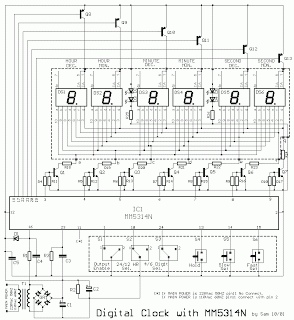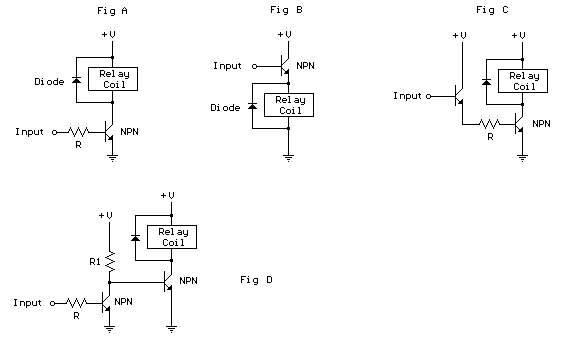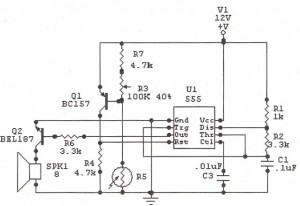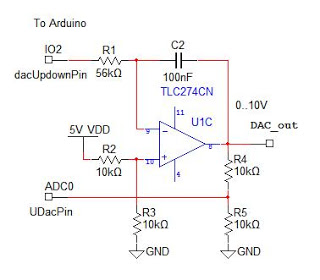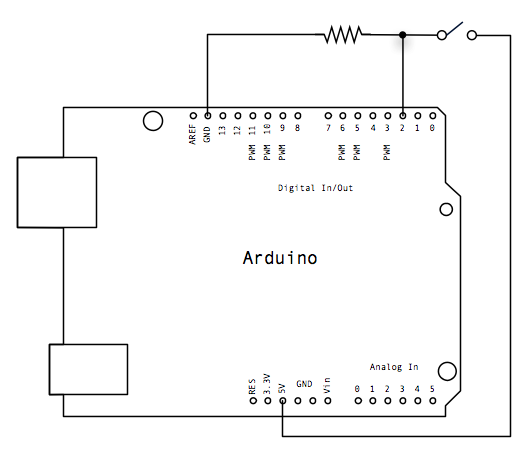
arduino based digital oscilloscope
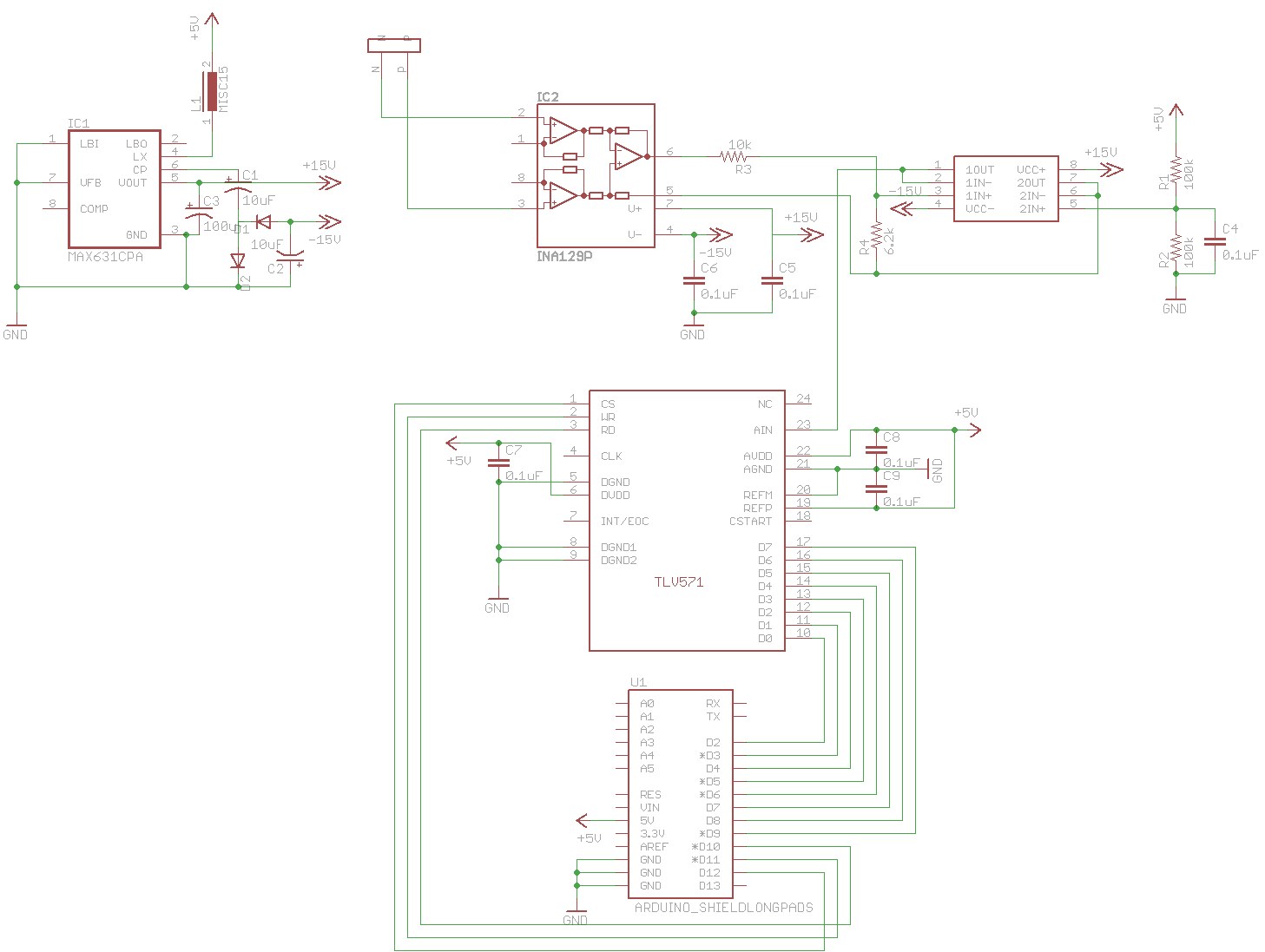
A digital oscilloscope is being developed using Arduino, designed as an Arduino Shield. The current implementation functions but exhibits signal distortions. A TLV571 chip is utilized in the design.
The project involves creating a digital oscilloscope that can be mounted on an Arduino platform, effectively transforming it into a shield. The TLV571 chip is a key component in this design, serving as a high-speed comparator that aids in signal processing. This chip is capable of handling analog input signals, converting them into digital signals suitable for processing by the Arduino microcontroller.
To enhance the performance of the digital oscilloscope, several factors need to be considered. First, the input signal conditioning must be optimized. This may involve using operational amplifiers to amplify weak signals and filter out noise before they reach the TLV571. Proper filtering can help reduce distortions and improve the clarity of the displayed waveform.
Additionally, the sampling rate of the Arduino must be sufficient to capture the desired frequency range of the input signals. This can be achieved by adjusting the code to ensure that the Arduino is sampling at a high enough rate to accurately represent the input waveform. Utilizing techniques such as oversampling and averaging can also help mitigate distortions and improve signal fidelity.
The output display of the oscilloscope can be implemented using an LCD or OLED screen, which can show the waveform in real-time. The user interface should allow for adjustments in time base and voltage scale, enabling users to analyze different aspects of the signal effectively.
In summary, while the current digital oscilloscope design using Arduino and the TLV571 chip demonstrates basic functionality, improvements in signal conditioning, sampling rate, and display output are essential to enhance performance and reduce distortions in the received signals.I have always wanted to have an oscilloscope at home. I am trying to make a digital oscilloscope using the Arduino. I made the digital oscilloscope into an Arduino Shield. Right now, it is not very good. It works, but there are distortions in the received signal. I used a TLV571 chip which is a.. 🔗 External reference
The project involves creating a digital oscilloscope that can be mounted on an Arduino platform, effectively transforming it into a shield. The TLV571 chip is a key component in this design, serving as a high-speed comparator that aids in signal processing. This chip is capable of handling analog input signals, converting them into digital signals suitable for processing by the Arduino microcontroller.
To enhance the performance of the digital oscilloscope, several factors need to be considered. First, the input signal conditioning must be optimized. This may involve using operational amplifiers to amplify weak signals and filter out noise before they reach the TLV571. Proper filtering can help reduce distortions and improve the clarity of the displayed waveform.
Additionally, the sampling rate of the Arduino must be sufficient to capture the desired frequency range of the input signals. This can be achieved by adjusting the code to ensure that the Arduino is sampling at a high enough rate to accurately represent the input waveform. Utilizing techniques such as oversampling and averaging can also help mitigate distortions and improve signal fidelity.
The output display of the oscilloscope can be implemented using an LCD or OLED screen, which can show the waveform in real-time. The user interface should allow for adjustments in time base and voltage scale, enabling users to analyze different aspects of the signal effectively.
In summary, while the current digital oscilloscope design using Arduino and the TLV571 chip demonstrates basic functionality, improvements in signal conditioning, sampling rate, and display output are essential to enhance performance and reduce distortions in the received signals.I have always wanted to have an oscilloscope at home. I am trying to make a digital oscilloscope using the Arduino. I made the digital oscilloscope into an Arduino Shield. Right now, it is not very good. It works, but there are distortions in the received signal. I used a TLV571 chip which is a.. 🔗 External reference
